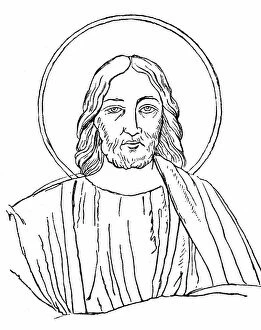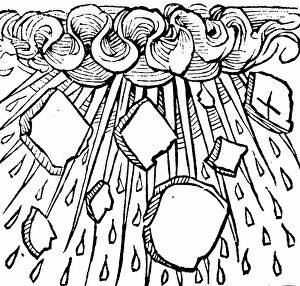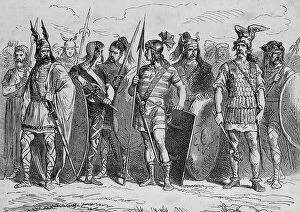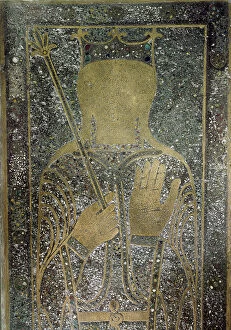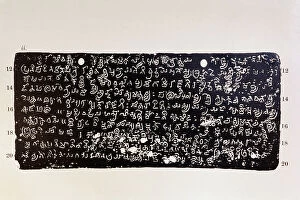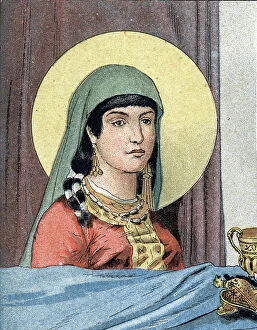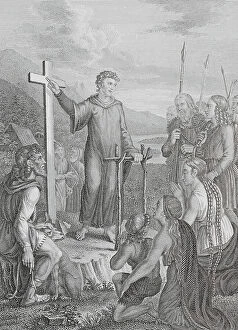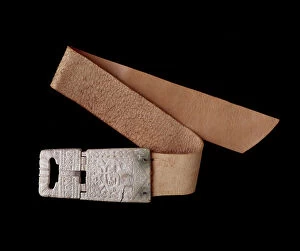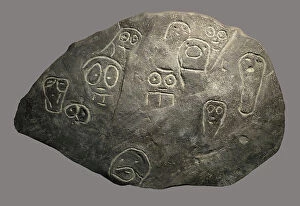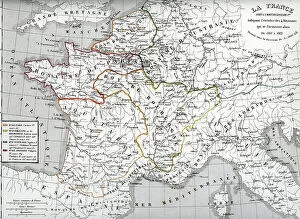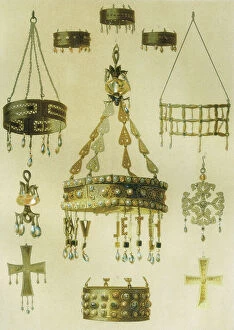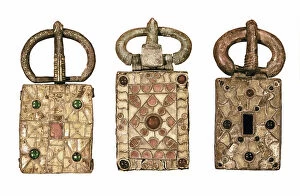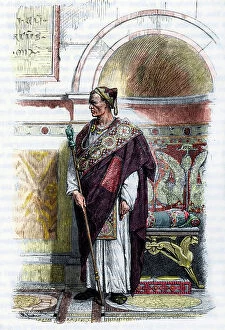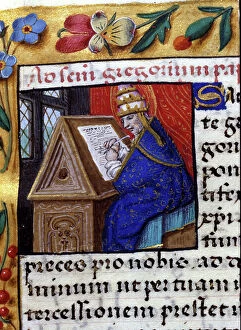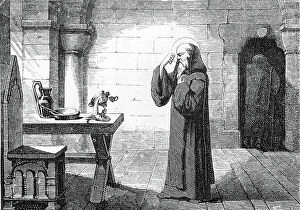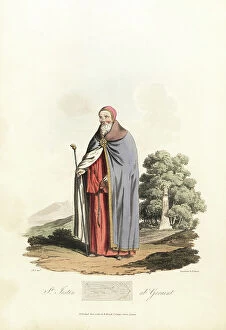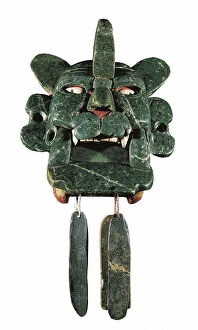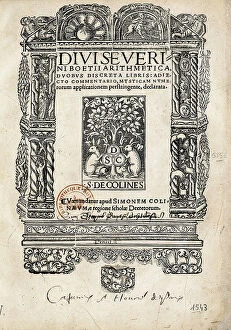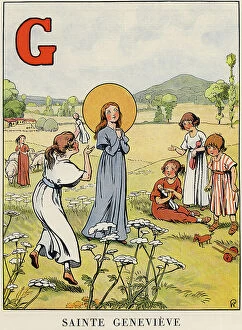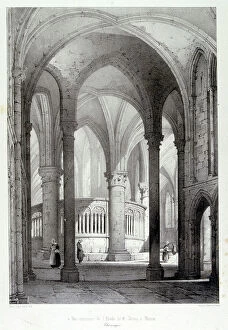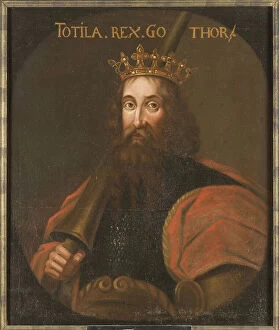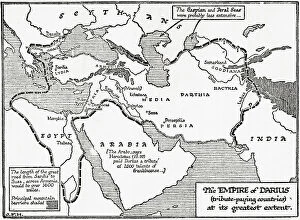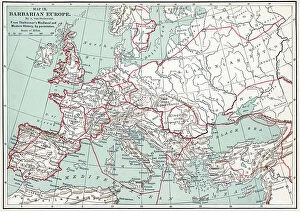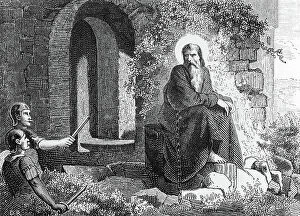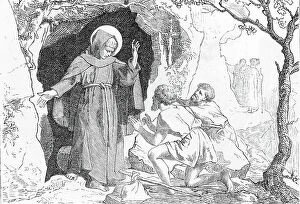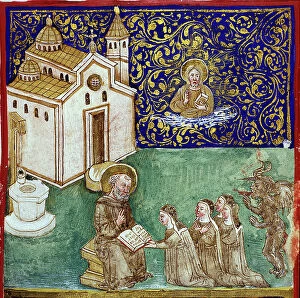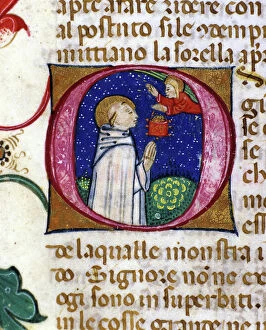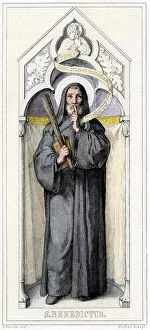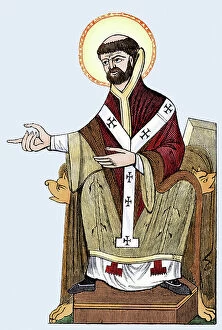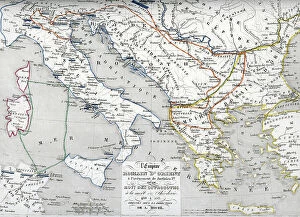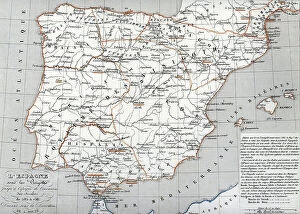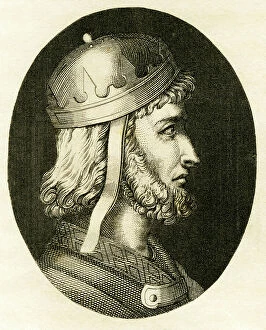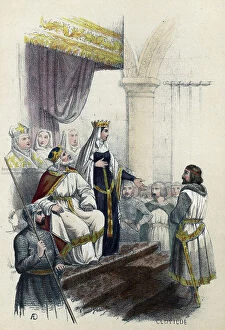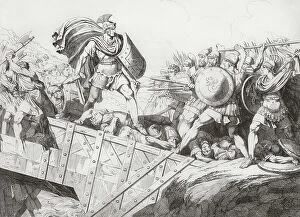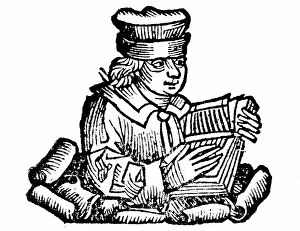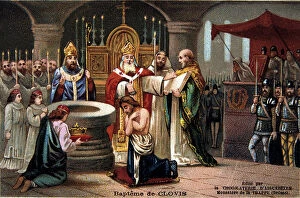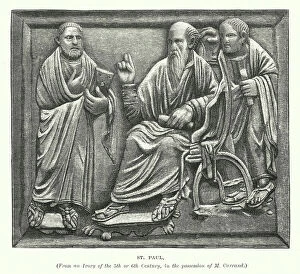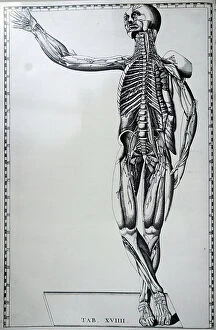Vith Century Collection
The 6th century was a time of great historical significance, with events and figures that shaped the course of civilization
For sale as Licensed Images
Choose your image, Select your licence and Download the media
The 6th century was a time of great historical significance, with events and figures that shaped the course of civilization. Emperor Justinian I, portrayed in a captivating drawing from "I misteri del vaticano" by Franco Mistrali in 1843, stands as a symbol of power and influence. His reign marked the height of the Byzantine Empire's glory. In contrast, the defeat and death of Didier of Toulouse before Carcassonne in 587 is depicted through an engraving. This event highlights the turbulent nature of this era, where battles for supremacy were fought on many fronts. Moving across continents to South America, we encounter Inca Viracocha from Tiahuanaco Classico (500-900 AD). This terracotta representation showcases the rich cultural heritage and artistic prowess prevalent during this period. The Staffordshire Hoard offers us glimpses into ancient craftsmanship with its reconstructed helmet elements made from gold and silver. These artifacts remind us of the wealth and intricate skills possessed by our ancestors. Pope Hormisdas (Ormisda), represented in another drawing from "I misteri del vaticano, " played a crucial role during his papacy (514-523) in shaping religious doctrines that would impact generations to come. The migration to Medina (Hijra) undertaken by Prophet Muhammad (570-632) alongside Abu Bakr is captured vividly. This significant journey allowed them to escape persecution in Mecca and laid the foundation for Islam's future growth. Boece (Boezio or Boetius), an Italian philosopher whose portrait can be found within Franco Mistrali's work, contributed greatly to medieval thought with his writings on various subjects including music theory and theology. Another depiction portrays Prophet Muhammad himself; this engraving provides insight into how he was perceived during different periods throughout history.

